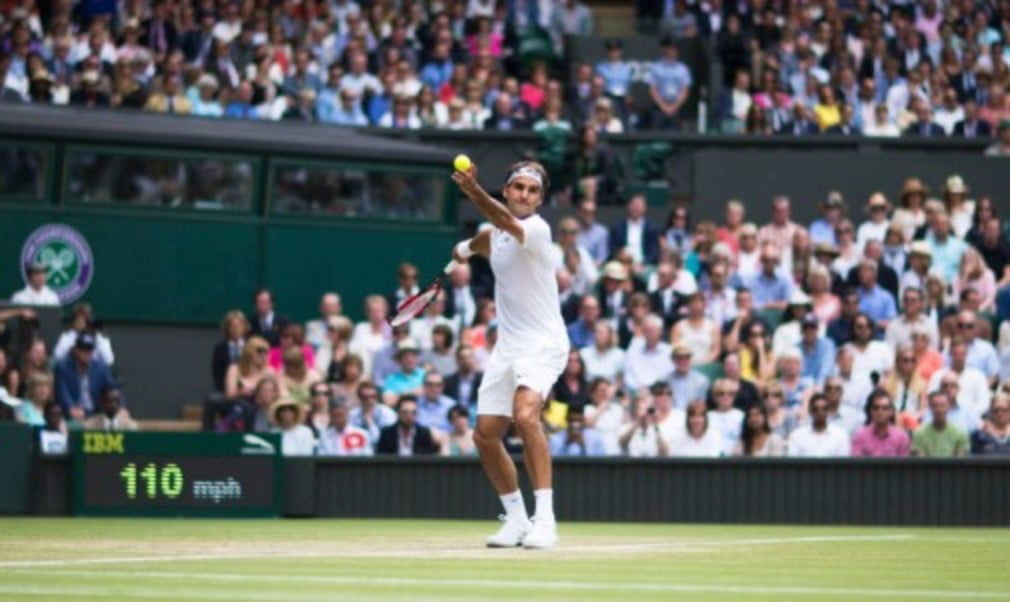
Tips for hitting a slice serve
Originally published on 30/09/16 00:00
"I think you always serve differently on different surfaces, especially clay and grass which are so different,” Roger Federer observed. “On grass you use the slice serve much more than you use the kick, whereas on clay you are not going to try to kick the ball up high or it is going to be carried out of the court.”
On slow surfaces, like the clay courts of Roland Garros, all players – men and women – have significantly longer rallies than on any other surface. On fast surfaces, such as the grass courts at Wimbledon, rallies are shorter than on clay or hard.
A high-speed serve on a clay court takes about 0.02 seconds longer to arrive at the baseline than it does on a grass court. However, the average first serve speed for men at the French Open is about 25kph slower than at Wimbledon.
This is the result of a trade-off between serve speed and spin, as more spin can be generated when hitting slower serves. A slower serve with more topspin on a clay court causes the ball to kick up or sideways at an awkward angle, making it more difficult to return.
By contrast, serving with heavy topspin is less useful on a grass court. Fast, lower-bouncing serves with less kick are more effective. The slice serve allows the opportunity to pull the opponent out of court because it bounces to the side after hitting the ground. The smoother the surface, the more effect sidespin will have on the ball.
How to hit a slice serve
é Toss the ball in front and slightly to the right (for a right-handed player)
é Turn the upper body slightly sideways and backwards and transfer weight backwards
é Rotate the body upwards and to the front in the direction of the shot
é Swing the racket to the point of impact at an angle to the side, meeting the ball a little further to the left than on the basic serve é Move the racket upwards across the ball and follow the path of the ball with the upper body
é Land on the right foot – or on the left for a left-handed player
Tips for using the slice serve on grass
é Vary the serve to keep the opponent guessing – vary the direction, spin and pace. A 20% variation creates uncertainty
é Slice serves out wide will open up the court – hit the second shot to the open court for a winner or approach the net for a classic serve and volley combination
é The second serve is usually hit more conservatively, with more spin and less pace. It is crucial to be able to vary the direction of the second serve in addition to maintaining its accuracy
é The best servers use the same ball toss for every serve they hit
é Learn to hit the ball out wide, into the body and down the middle with the same ball toss
Tips for returning a slice serve
é Be as aggressive as possible on the return
é Plan before the point starts where to hit the return
é Don’t stand too far back
é Try to return deep to the opponent’s weaker side
é A return down the line puts the server on the back foot using
The slice serve in doubles
é Inform the net player of the intended placement, speed and spin of the serve
é Serve-and-volley tactics are more prevalent in doubles – tactically the team will want to assume net positions immediately after the serve
é Use the slice serve placed into the corners to open up the court, allowing time to come into the net and an opportunity for the net player to poach
ITF Advanced Coaches Manual. Information edited by Miguel Crespo and Richard Sackey-Addo.
Tennis iCoach is the official coaching platform from the International Tennis Federation. It is an online coach education resource offering tennis-specific sport science content on technique, tactics, psychology, biomechanics, sports medicine and coaching methodology. For more information, related articles and resources go to tennisicoach.com


